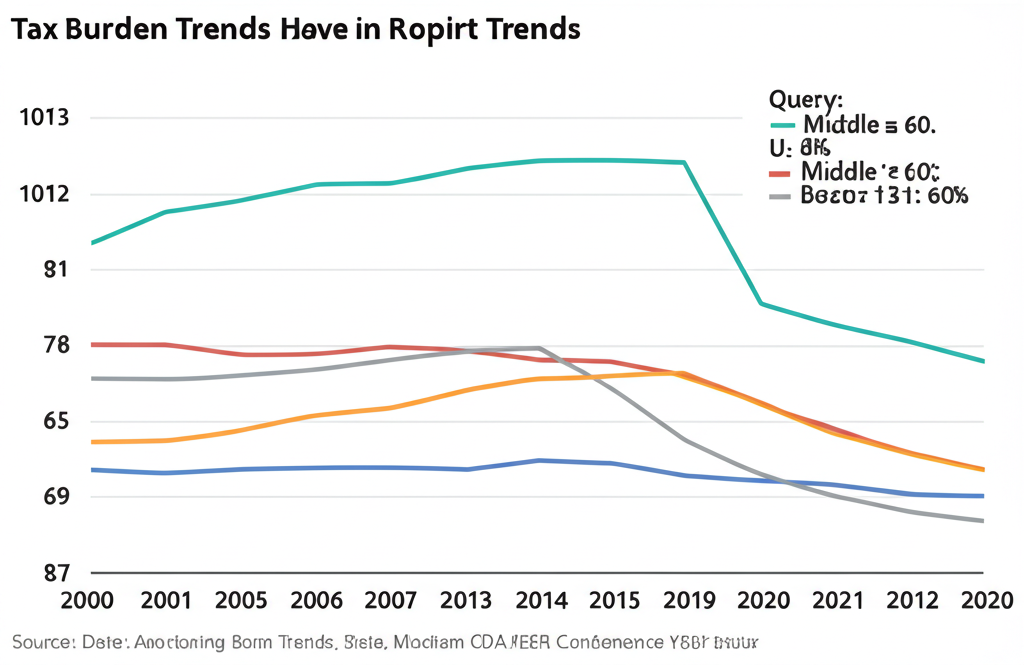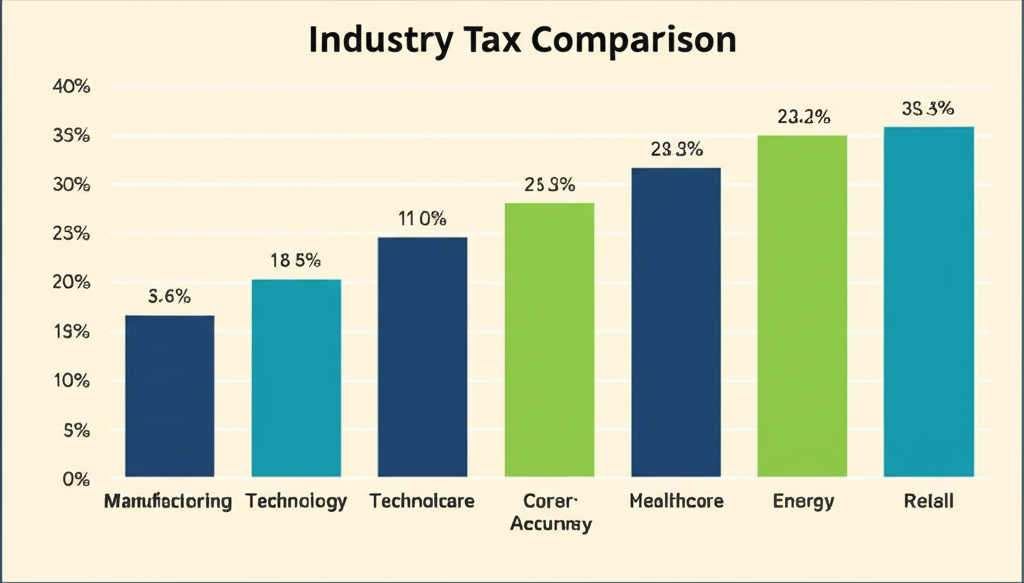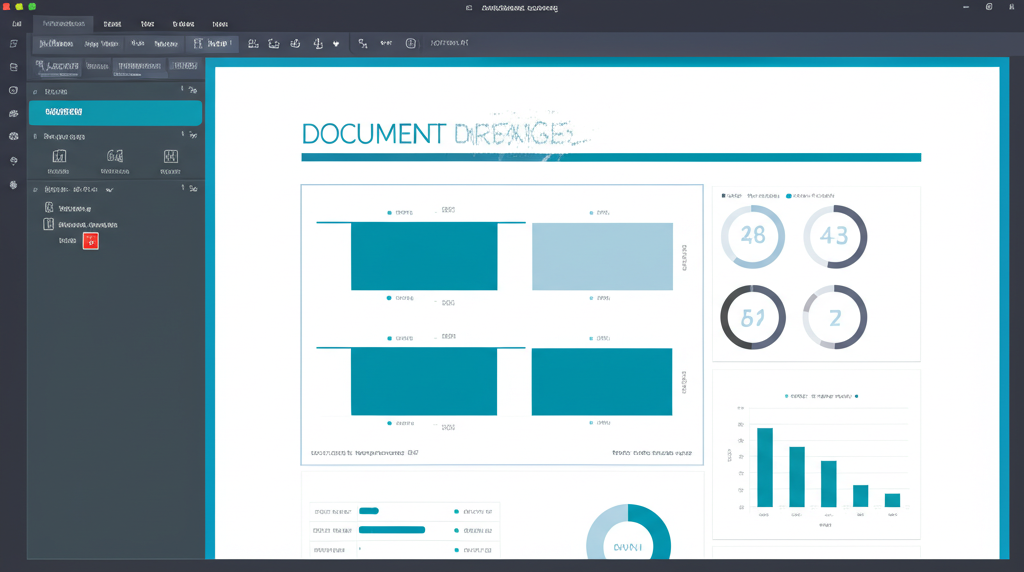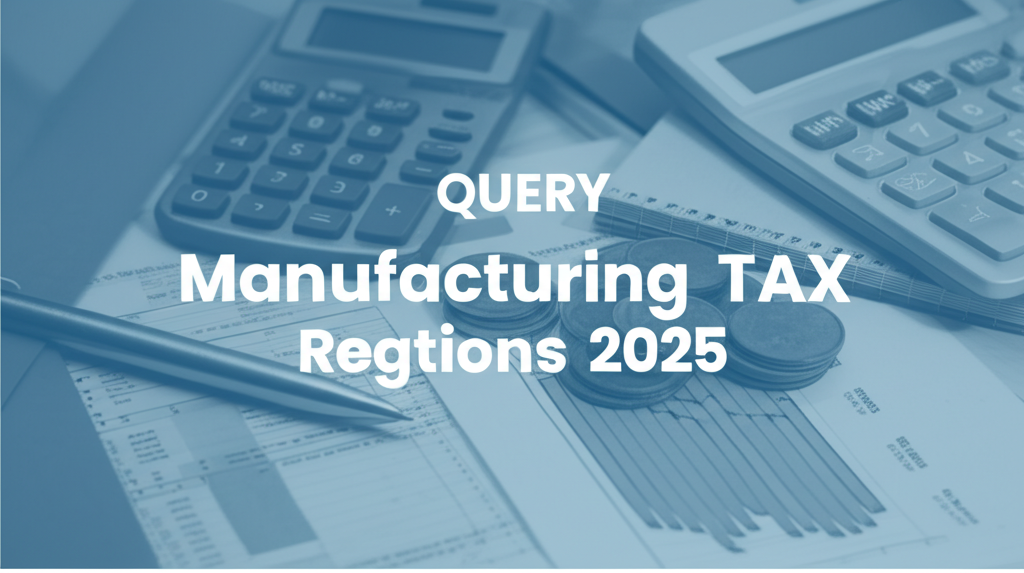Manufacturing Tax Burden Report 2025
Our comprehensive analysis of tax trends affecting manufacturers in 2025, with actionable strategies to reduce your tax burden.

Report Overview
Average effective tax rate for manufacturers in 2025
Average tax savings identified per mid-sized manufacturer
Key tax strategies identified for immediate implementation
The 2025 Manufacturing Tax Burden Report provides an in-depth analysis of the current tax landscape facing manufacturing businesses. Based on data from over 500 manufacturing companies across various sectors, this report identifies emerging tax trends, regulatory changes, and strategic opportunities to optimize your tax position.
Our team of manufacturing tax specialists has analyzed recent legislative changes, IRS enforcement priorities, and industry-specific tax considerations to deliver actionable insights that can help your business reduce its tax burden while maintaining full compliance.
Key Findings
Supply Chain Tax Implications
New regulations affecting cross-border transactions and domestic supply chain restructuring create both challenges and opportunities. Manufacturers with optimized supply chains are seeing up to 8.2% reduction in overall tax burden.
R&D Credit Expansion
Recent legislative changes have expanded qualifying activities for R&D credits. Manufacturing process improvements now qualify under broader criteria, with average credits increasing by 32% for qualifying businesses.
State Tax Disparities
Manufacturing tax incentives vary significantly by state, with a 14.5% difference in effective tax rates between the most and least favorable jurisdictions. Strategic location planning can yield substantial tax advantages.
Equipment Investment Incentives
New accelerated depreciation provisions for manufacturing equipment offer significant front-loaded tax benefits. Companies investing in qualifying equipment are seeing first-year tax benefits averaging 45% of investment value.

Tax Burden Trends (2020-2025)
Our analysis reveals a shifting landscape in manufacturing taxation. While the headline corporate tax rate has remained relatively stable, effective tax rates for manufacturers have fluctuated significantly based on industry subsector, geographic location, and strategic tax planning implementation.
The full report includes detailed trend analysis across 12 manufacturing subsectors, with year-by-year projections through 2028 based on current legislation and anticipated regulatory changes.
Actionable Strategies
7 Key Tax Reduction Strategies
- 1
Strategic Entity Structuring
Optimize your business structure to take advantage of pass-through deductions and minimize overall tax exposure.
- 2
R&D Documentation Enhancement
Implement our proven documentation framework to maximize qualifying R&D activities and substantiate larger credit claims.
- 3
Cost Segregation Studies
Accelerate depreciation deductions through detailed engineering-based cost segregation analysis of manufacturing facilities.
- 4
State Tax Nexus Planning
Strategic management of state tax exposure through careful planning of physical and economic nexus considerations.
- 5
IC-DISC Implementation
Utilize Interest-Charge Domestic International Sales Corporations for tax-advantaged treatment of export income.
- 6
Inventory Method Optimization
Select the most advantageous inventory accounting methods to defer taxation and improve cash flow.
- 7
Energy Tax Credit Maximization
Leverage expanded energy efficiency tax incentives for manufacturing facilities and processes.
Industry-Specific Tax Considerations
Our report includes detailed tax strategy recommendations for specific manufacturing subsectors:
Automotive Manufacturing
Special considerations for EV tax credits, tooling costs, and international supply chain taxation.
Food & Beverage
Specialized deductions for processing equipment, waste reduction, and agricultural connections.
Medical Device
Navigating the medical device excise tax, R&D considerations for FDA approval processes.
Aerospace & Defense
Government contract implications, ITAR compliance costs, and specialized R&D considerations.
Industry Tax Comparison

The chart above illustrates the effective tax rates across different manufacturing subsectors based on our analysis of 500+ manufacturing businesses. Significant variations exist between industries due to differences in qualifying deductions, credits, and regulatory treatment.
The full report provides detailed breakdowns of these variations, including specific tax planning opportunities for each subsector and strategies to implement regardless of your specific manufacturing focus.
Download the Complete 2025 Manufacturing Tax Burden Report
Get immediate access to our comprehensive 85-page analysis, including:
- Detailed analysis of 2025 tax law changes affecting manufacturers
- 12 industry-specific tax strategy sections
- Step-by-step implementation guides for all 7 key strategies
- Case studies of successful tax burden reduction
- Tax planning calendar and implementation timeline
By downloading this report, you agree to receive occasional updates about tax strategies for manufacturers. You can unsubscribe at any time.

Related Resources

Tax Director Resources
Comprehensive guides and tools for manufacturing tax directors to optimize compliance and planning.

Manufacturing Tax Updates 2025
Join our webinar on the latest tax changes affecting manufacturers in 2025.

R&D Tax Credit Case Studies
Real-world examples of manufacturers saving millions through R&D tax credits.
Ready to Reduce Your Manufacturing Tax Burden?
Schedule a complimentary tax strategy consultation with our manufacturing tax specialists to identify immediate tax-saving opportunities for your business.
